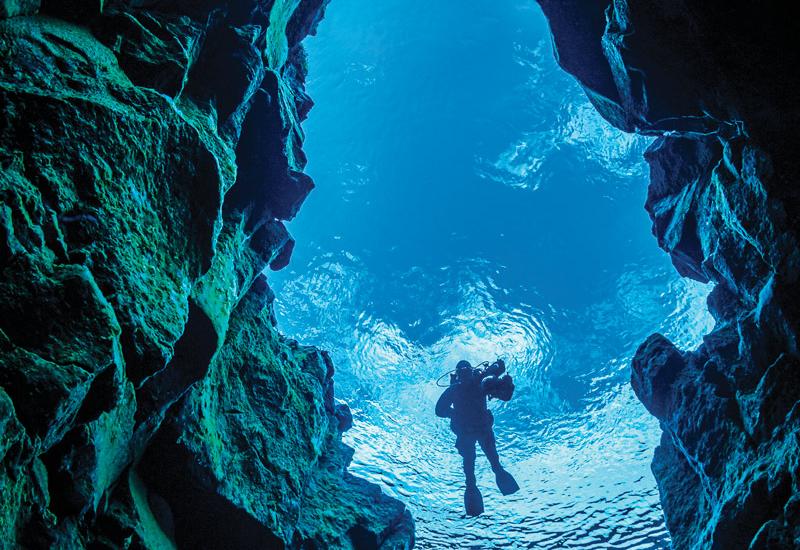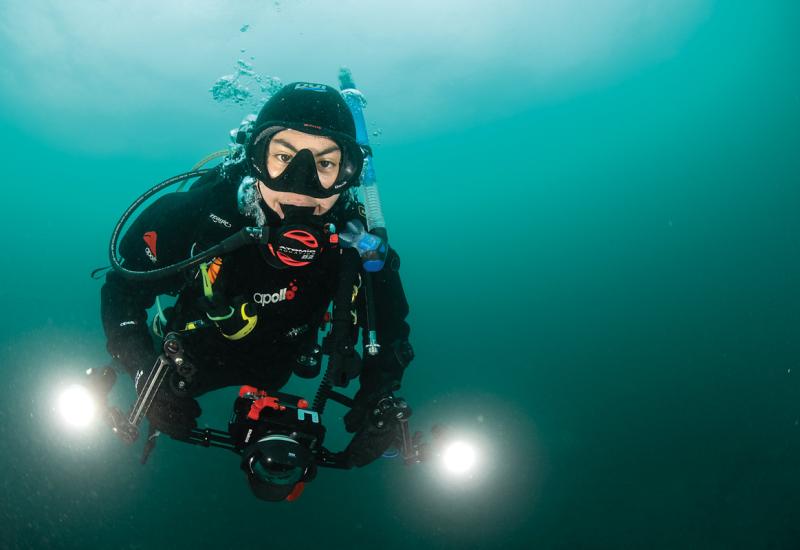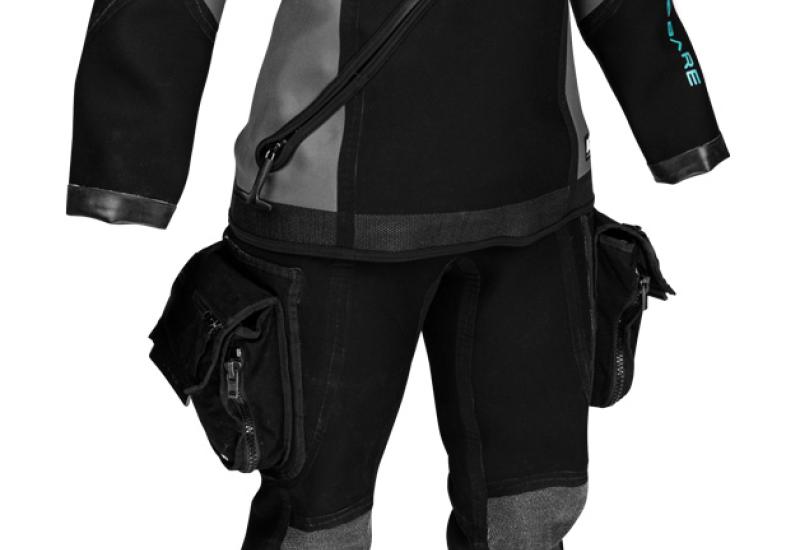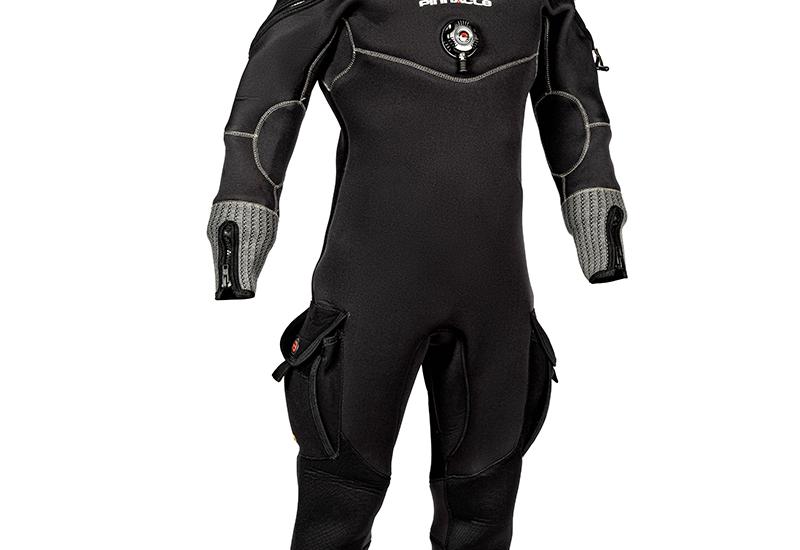The Risks of Forgoing Drysuit Training

STEVEN P. HUGHES
Chris struggled to stay off the bottom. He spent so much time fighting against buoyancy in his new drysuit that he never even saw a lobster. When he reached the surface, he knew he was in trouble.
The Diver
Chris was a 40-year-old advanced open water diver. He had been on several dive trips over the past few years.
The Dive
Chris and his buddies were on a local charter boat to scuba dive and catch lobster. Tired of getting cold in his wetsuit, Chris had just bought a drysuit. He had never used it in the water, but he read through the instruction booklet the night before.
When he first got in the water, Chris realized he hadn’t fully closed the zipper. Water quickly soaked his undergarments. With the help of the divemaster he got out of the water, closed the zipper and continued the dive in his wet undergarments. In a hurry to get started, Chris attempted to make a head-first descent.
His buddies weren’t far, but Chris was essentially diving alone as they went their own ways looking for lobster.
Related Reading: Why You Should Try Drysuit Diving
The Accident
After about 25 minutes in the water, Chris had had enough. He couldn’t control his buoyancy and decided to ascend. He then struggled to surface, and when he finally made it, he yelled for help from the boat crew and then sank back underwater.
Searchers found Chris’ body three days later, on the bottom. He had ditched his weight belt, but he had weights in his BCD, on his ankles and in his trim pockets. His steel tank was empty.
Analysis
Drysuit diving adds a new component to buoyancy control and requires specialized training and certification. In the PADI Dry Suit Diver course, you learn how to use the drysuit to prevent suit squeeze and how buoyancy changes in a drysuit. You also learn how to get out of a headdown position. Drysuits have attached socks or boots, and in some styles, air moves around the suit freely. In a headdown position, air can move to the feet causing fins to pop off, or an unsafe ascent. This is something Chris didn’t understand when he attempted to make a head-first descent. Chris also didn’t realize that in a drysuit you must vent excess air before the dive and make sure the zipper is completely sealed.
Drysuit diving requires different weighting, based on the type of suit and the undergarment worn. Chris was likely overweighted for the situation. In total, he was wearing about 35 pounds of lead, and a steel tank. In the panic caused by the constant struggle with his buoyancy, Chris likely forgot to inflate his BCD on the surface at the end of the dive and struggled to stay on the surface.
Finally, Chris chose to dive with completely soaked undergarments. In a drysuit, it is the undergarments that keep a diver warm, rather than the suit itself. When wet, undergarments will not provide the level of thermal protection they would when dry. Chris was likely cold and overtaxed throughout the dive, leading to more problems as the dive progressed. Chris should have called off the dive when his undergarments were soaked rather than choosing to get back in the water and tough it out.
Before leaving for the trip, Chris should have completed a Dry Suit Diver specialty course with an instructor. In that course, he would have learned techniques to don and prepare the suit, as well as emergency techniques to get out of trouble.
Along with the training course, Chris should have taken the time to do a buoyancy check and fine-tune his weighting before the dive.
Related Reading: Lessons for Life: Getting Decompression Sickness
Lessons For Life
Seek training. Had Chris taken the obligatory PADI Dry Suit Diver specialty course, he would have been able to operate his new drysuit and avoid this tragedy.
Buoyancy check. Any time you change wetsuit thickness, switch to a drysuit or transition from fresh water to salt water or back, you need to do a buoyancy check to make sure you are wearing the proper amount of weight to dive effortlessly and become positively buoyant on the surface.
Don’t dive alone. The buddy system is very important for diver safety. Self-reliant divers are trained to carry redundant equipment and perform a self-rescue. Chris did not have this training, and his buddies were not nearby.










